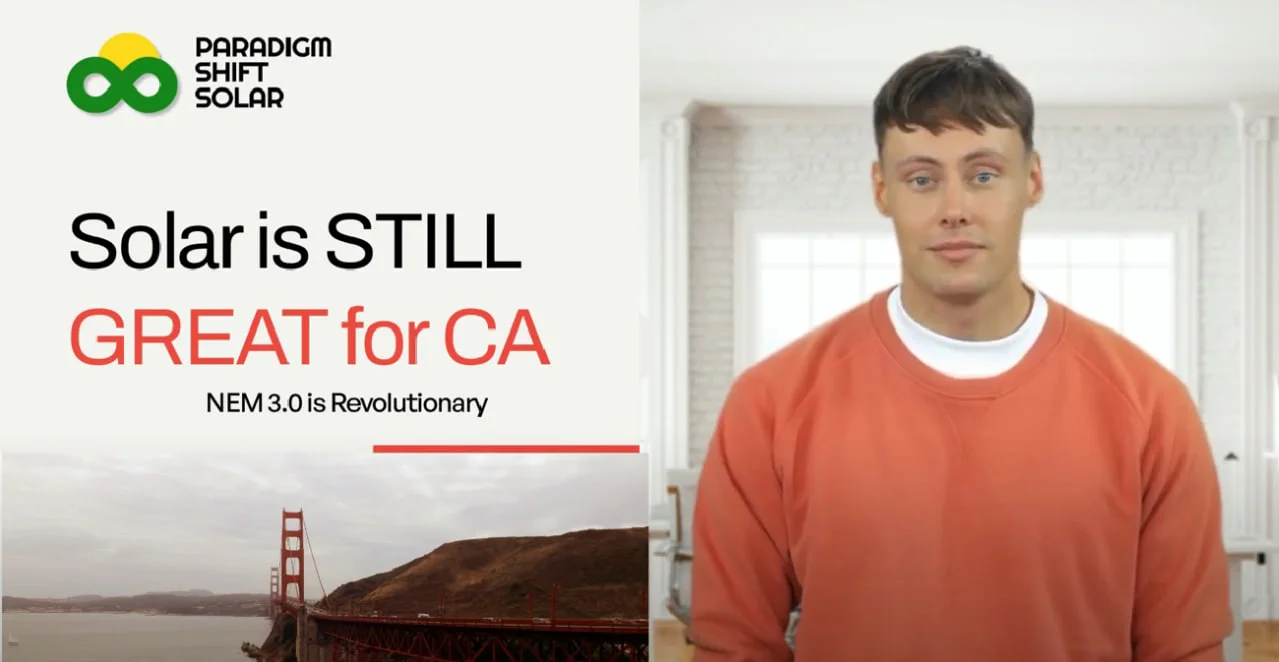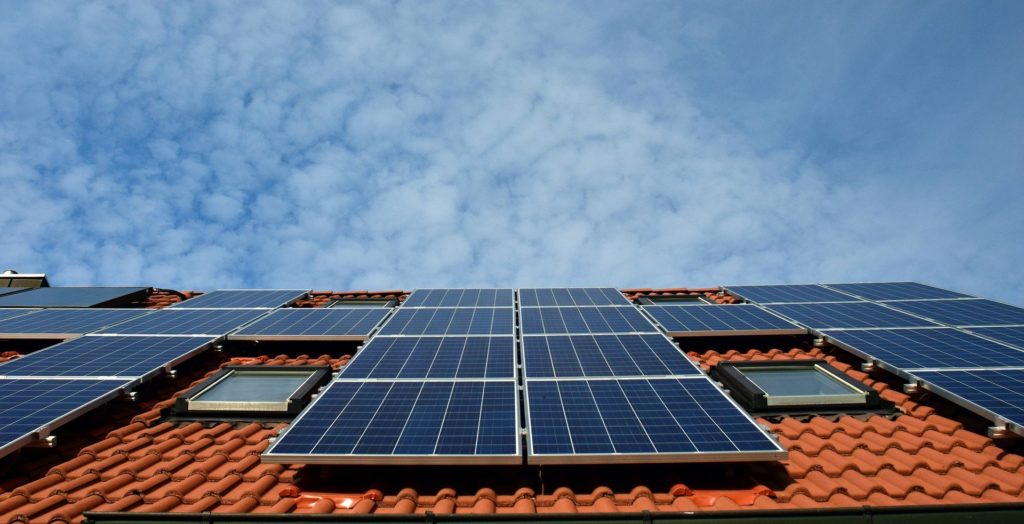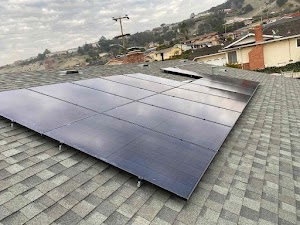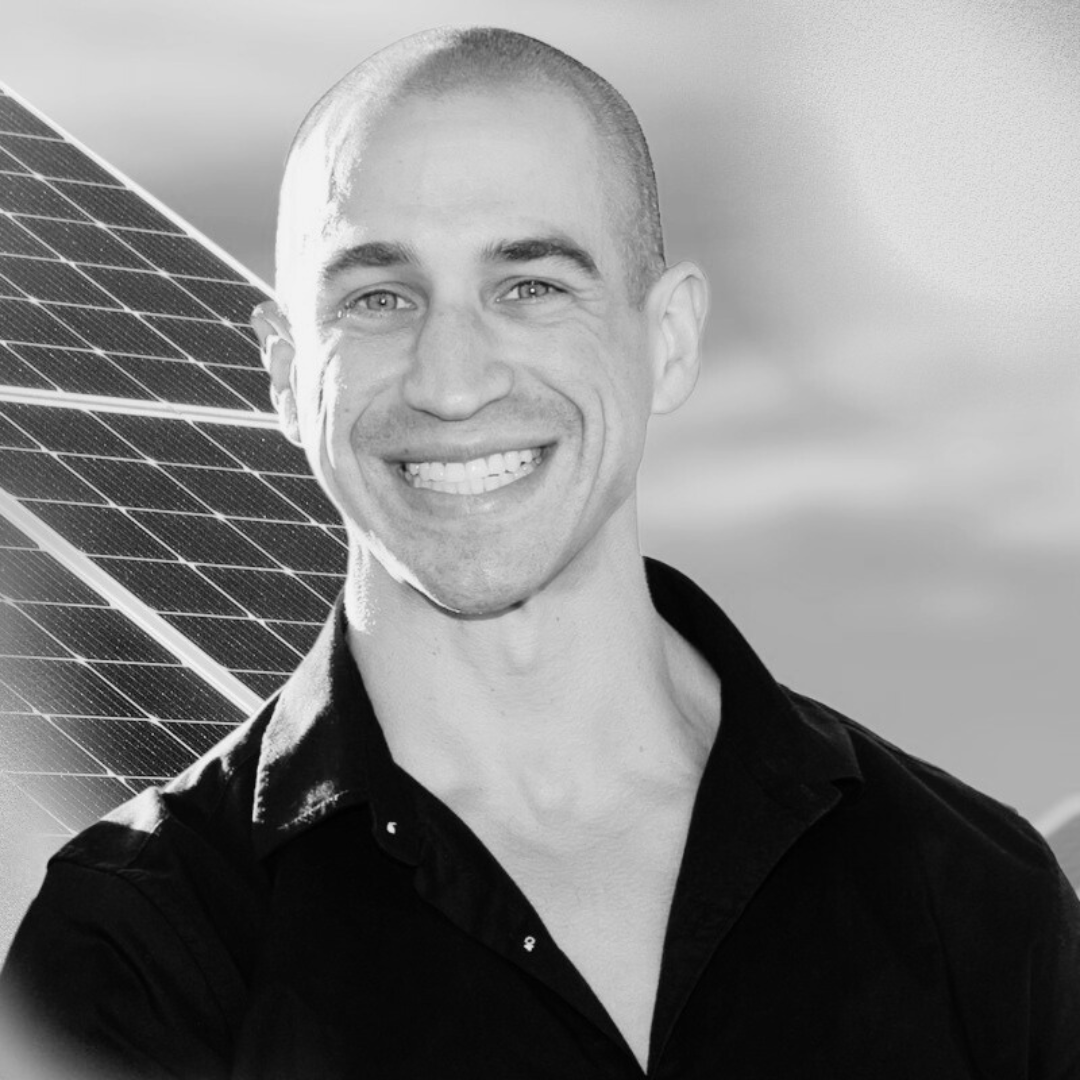Custom Home Solar & Battery Backup
The future is electric — there’s never been a better time to take back control of your energy.
113 N San Vicente Blvd Suite # 338, Beverly Hills, CA 90211, United States
Phone: +323 807 94 22
Email: quotes@ps-solar.com
The future is electric — there’s never been a better time to take back control of your energy.


Net Metering 3.0 is California’s latest version of the net metering program, which is designed to encourage the adoption of renewable energy by providing incentives for homeowners and businesses with solar panels. With Net Metering 3.0, California residents can generate their own electricity using solar panels and receive credits on their energy bills for the excess energy they produce. Under Net Metering 2.0, the current policy which ends on April 13, 2023, customers are able to receive RETAIL rates for any excess energy they send back to the grid. This means that if you produce more energy than you use, you can receive a credit on your bill that is equal to the retail price of electricity. If you pay them $0.25 per kilowatt hour, they pay you $0.25 per kilowatt hour. This makes solar energy more cost-effective, helping homeowners and businesses save money on their energy bills. Net Metering 3.0 goes into effect on April 14, 2023 and is designed to meet the needs of a more mature solar market. Like 2.0, it is designed for the times we live in, and is meant to help the state meet its current clean energy goals. Now that solar has hit a critical mass in the state, the new objective for the state is largely on ENERGY STORAGE or battery technology. Net Metering 3.0 is also designed to promote the adoption of electric vehicles (EVs) by offering special rates for EV charging. This means that customers who own EVs can charge their vehicles during off-peak hours and receive lower rates for the energy they use. This incentivizes the use of renewable energy for transportation, reducing carbon emissions and helping to improve air quality in California.

So, how is it different from Net Metering 2.0 and how does it affect new homes that want to go solar in California? The biggest difference is in the payback rate. NEM 3.0 only requires the utilities to pay the homeowner a WHOLESALE rate for excess power, instead of the retail rate. For example, if you pay them $0.25 per kilowatt hour, they only have to pay you 5 or 6 cents. The cynical view for this change is that this is an obvious attempt by the utilities to maximize their control over the government-sanctioned electricity monopoly they have enjoyed for over a century. But like most things, it’s not that simple. The California Public Utility Commission is hoping that the change will incentivize solar customers in California to include or add battery backup to their system. In fact, NEM 3.0 will even include a state sponsored rebate for batteries (TBD), which the state hasn’t made available for almost a decade. If you’re reading this prior to March 8, 2023 there’s still time to get signed up in time and get grandfathered into Net Metering 2.0. If after that date, thats okay too. Solar is still going to be a GREAT choice for CA homes! But the system we design for you before March 8 will be VERY DIFFERENT than the one we design for you after. Don’t wait! Contact us today to get up to 3 competitive quotes and let us show you how to save a bundle, whether on 2.0 or 3.0.

I saw an ad online for FREE solar or a FREE battery, paid for by the government. How do I qualify for one of these programs?
Short answer: you can’t. You can’t because they DO NOT EXIST! There is no such thing as free solar and nobody is going to give you a $15,000 battery out of the goodness of their heart. Period. This is simply a marketing ploy that some unscrupulous solar sales people use as click-bait. Unfortunately, there are a lot of deceptive sales practices across the solar industry, which is why it is so crucial to only work with solar professionals you can trust.
How much maintenance does a solar system require?
Unlike other appliances in the typical home, a solar system is relatively maintenance-free. Aside from occasionally taking a garden hose to your panels, and keeping nearby trees and brush trimmed back so they don’t cause too much shading, there’s almost no maintenance required at all. That said, there are components in your system that are more susceptible to failure as they age. The solar inverter(s) generally have a lifespan of about 10 - 12 years, and replacing or fixing them could be costly. That is why it is so important to make sure your solar system comes with a satisfactory warranty.




California Referral Program
California Affiliate Program
Referral Program
California Affiliate Program
Real Estate Agents
Mortgage, Escrow & Title Reps
Home Services
ADU Dealers
Did you know?
Going solar can raise the value of your home by up 20%, while cutting your energy rate up to 50%.
How does Solar work?
No two solar systems are the same. The amount of power that a home uses is very different from the next home. Usage depends on the number of people who live in the house, how liberal or conservative a home is consuming power, and even the age and number of major appliances the home has. When designing a custom solar system for your home, we look at your current usage but also your future usage as well. For example, more homeowners are buying electric cars than at any other time in our history. We need to make sure that your solar system will not only power your home, but also your car..
Once customized, the way a solar system works is actually pretty simple. The solar panels on the roof actually make DC electricity from the sunlight that is hitting your roof. Then, that power gets sent to an inverter which converts it to AC electricity, which is what we use in our homes. Solar systems are generally designed to over-produce during the day because it doesn’t produce any power at night. That excess power that is produced during the day, is sent back to the power grid and the utility actually pays YOU for that power. When the sun goes down, you buy that power back and if your system is customized properly, what you buy at night will be less than what you sell to the utility during the day. This process is called Net Metering.
I heard solar is expensive. Aside from the environmental benefits, why should I consider solar for my home?
Solar IS expensive. But you know what’s even more expensive? The ever-increasing rates you pay to purchase power from a government-sanctioned monopoly every single month! In the old days, the cost of solar was prohibitive for most homeowners in America. In the early days, you had to come out of pocket to cover the cost of your system, and most people didn’t have the thousands of dollars necessary to get a system installed on their home. Fast forward to today, all you need is a relatively decent FICO score and solar can be installed on your roof with NO money out of pocket and a set monthly fee that never goes up, and in most cases is less than what you’re paying the utility today. For example, a home that pays an average of $200 / month to their utility, might only pay $150 / month for a solar system. Most homeowners see savings in their very first month after their solar system is installed. Better yet, you lock in your rate for as long as it takes you to pay off the solar. After that you have FREE power in your home. Forever.
I keep hearing that I should add a battery to my solar system. Do I also need battery backup?
In many cases, a battery is a smart addition to your solar system. In other cases, they’re not as important. There are basically two great use cases for battery backup:
If you live in an area where the grid is increasingly unstable, or you experience a lot of weather events that cause frequent and persistent power outages, a battery can absolutely be a life-saving option for your home. Recent highly publicized grid failures dramatically highlight the need for a battery on your home. Thousands of homes in Texas in 2021 were out of power for weeks after unseasonably cold weather hit the area and crashed the power grid. If you didn’t have some form of battery backup or at least a generator, those were some miserable days / weeks for you and your family.
A second, lesser known use case is becoming extremely popular in high-cost energy markets, such as California, Massachusetts & New Jersey. Most batteries these days can be programmed to charge up with solar during the day, then the home uses all that power at night, at peak rate times. For example, a customer in Northern California with PG&E as their utility are paying some of the highest power rates in the entire country. Worse yet, PG&E customers are often on a “time of use” plan, meaning that different rates are charged at different times during the day. Guess what times are referred to as “Peak Times”? Peak times means peak rates, and they just happen to coincide with exactly when your solar system stops producing at the end of the day. Battery customers program their backup storage for use during these hours, so they don’t have to pay these extraordinarily high rates.
Are there any tax credits for going solar?
Yes. The federal government passed the “Inflation Reduction Act of 2022” around the middle of the year and it provides a 30% tax credit to all new solar customers who qualify. The Solar Investment Tax credit is available to anyone in the USA who pays taxes and purchases their solar system. It’s based on the market value of the system you buy for your home, and is applied to your taxes at the end of the year. For example, if your total solar system cost is $30,000, including all associated financing fees, then your tax credit at the end of the year will be $9,000. It’s important to consult your tax advisor about whether or not you qualify for the tax credit, but the general rule is if you pay taxes, and you’re installing solar on your primary residence, then you qualify.
In addition to the Federal Tax credit, a lot of states and utilities will offer their own credits, incentives or rebates. It varies widely from state to state, which is partly why it is important to work with an experienced solar professional who can guide you through the maze of various incentives that may or may not be available for your home.
Should I lease or buy my solar?
There are basically 3 ways to go solar. You can either buy it, lease it or sign up for a Power Purchase Agreement (PPA). Each option has its own unique benefits that are important to understand as you evaluate which option is best for you.
Leases and PPA’s are similar, and are generally best for those who cannot benefit from the available tax credits either federal or state. For example, retirees often don’t have an income anymore and thus don’t pay any taxes. No tax liability means no 30% federal tax credit. In leases and PPA’s, the company you lease your system from, or buy your solar power from take the tax credit on your behalf and presumably factor that in as savings on your overall ongoing monthly rate that you pay them.
Whenever possible, we always favor buying vs leasing or PPA’s. When you purchase, you get all the tax benefits, all the incentives, all the rebates, all the increased value in your home and unlike a lease or a PPA, come with an end-date. That said, it doesn’t make sense to pay 30% more for a solar system if you can’t qualify for the federal tax credit, so in these cases a lease or a PPA might make sense. Paradigm Shift Solar offers all three options to our customers.
Contact
113 N San Vicente Blvd Suite # 338, Beverly Hills, CA 90211,
United States
Phone: (323) 967-8530
Email: quotes@ps-solar.com
Company and Links
© 2023 Paradigm Shift Solar